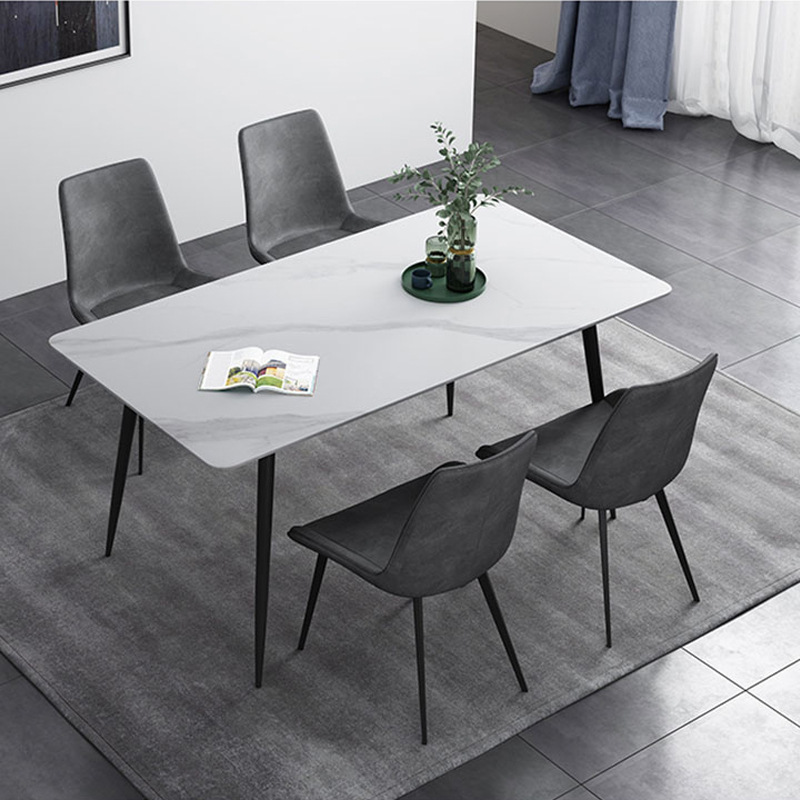The allure of marble top dining tables goes beyond their visual appeal; it’s deeply rooted in the geological history that shapes each unique slab of marble.
Marble is a metamorphic rock that forms when limestone undergoes a process of intense heat and pressure within the Earth’s crust. This process causes the minerals within the limestone to recrystallize, resulting in the distinct patterns and veining that make each marble slab one-of-a-kind.
The color and veining of marble are determined by various factors, such as the presence of minerals like iron, clay, and sand during the rock’s formation. For example, the classic white Carrara marble gets its elegance from the predominance of calcite crystals with minimal impurities.
In addition to its aesthetic qualities, marble is renowned for its durability. Its hardness and resistance to heat make it an ideal choice for high-traffic areas like dining tables. However, it’s essential to note that marble is susceptible to acids, which can etch the surface. This is due to the presence of calcium carbonate, the primary component of marble, which reacts with acids.
To maintain the beauty of your marble top dining table, proper care is crucial. Regular sealing prevents staining, while using pH-neutral cleaners avoids etching. With the right care, a marble top table can maintain its allure for generations, a testament to the enduring beauty of Earth’s geological wonders.








